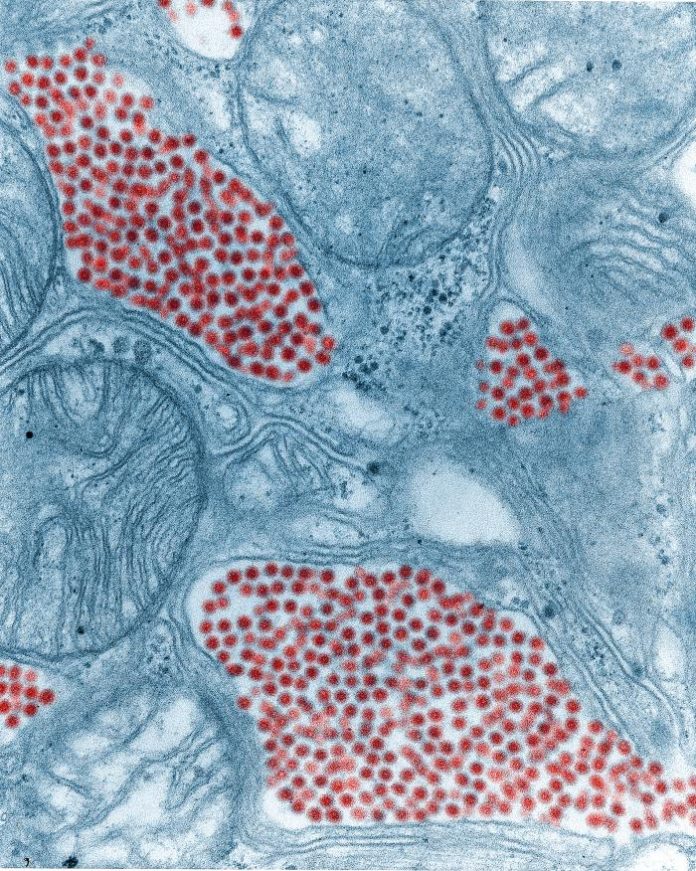Just a few weeks ago, the Massachusetts Department of Public Health publicly reported that the first case of eastern equine encephalitis, a serious but rare health condition that is caused by having the eastern equine encephalitis virus transmitted to someone directly through a mosquito using a human as a host to draw blood from, in six years had been detected in the southeastern portion of the state. The man who came down with EEE was above 60 years of age, though no other information about him was released to the public.
Eastern equine encephalitis for people who come down with the sickness because it frequently kills victims and there are no reliable known treatments for the disease – rather, only its symptoms can be treated, not the root cause of those symptoms. It ultimately kills people who suffer from the illness by causing swelling of the brain, a very serious issue in humans.
A second case popped up in Massachusetts not too long after the first one was detected in a county near where the first victim resided. From there, the state started to spray its most populated areas for mosquitos, such as throughout the Boston metro area, as well as warn people not to be outside when it becomes dark, which is when mosquitos are most likely to be out and about, as well as ultimately use humans as hosts, the point at which diseases such as the EEE virus can be transferred to unsuspecting, innocent humans.
Typically, cases of eastern equine encephalitis only pop up around the East Coast, as well as some states directly inside of those that border the Atlantic Ocean. Michigan is one of these states, though it doesn’t see as many EEE infections as those that directly border the Atlantic Ocean.
Michigan has now dealt with a total of three infections of eastern equine encephalitis, according to the Michigan Department of Health and Human Services. Yesterday, on Monday, Aug. 26, 2019, the state government agency came out in a statement and informed the public that the three instances of EEE that are currently being tracked by the agency have manifested themselves within people who live in Berrien County and Kalamazoo County, both of which are located in the far southwestern portion of The Great Lakes State.
About 30 percent of victims die from EEE, per the U.S. Centers for Disease Control and Prevention. Seven cases of the illness are found in the United States each year, on average.



